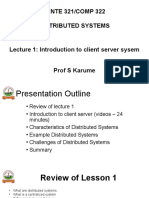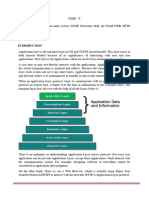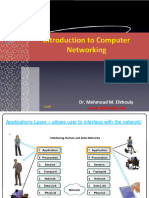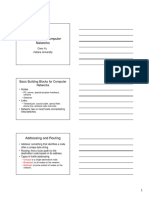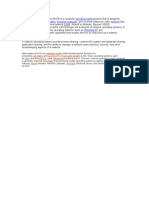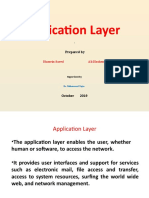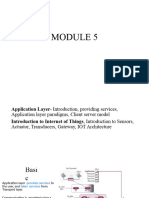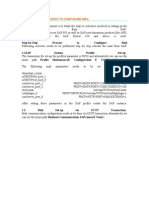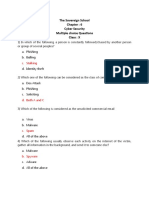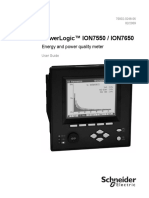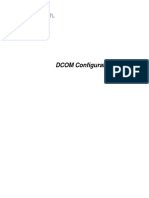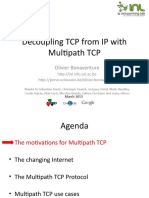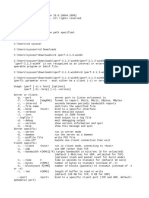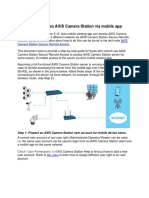0% found this document useful (0 votes)
53 views61 pagesIntro Client Server Concepts Prof JM Wafula
Client/server systems use a client-server paradigm where client applications request services from server processes running on different computers connected by a network. Servers listen for requests from clients and perform tasks like database queries or file access. Common client applications include email and web browsers, while common servers provide services like email, web pages, and file storage. The domain name system (DNS) translates human-readable domain names to IP addresses to allow clients and servers to communicate over the internet.
Uploaded by
yessirCopyright
© © All Rights Reserved
We take content rights seriously. If you suspect this is your content, claim it here.
Available Formats
Download as PDF, TXT or read online on Scribd
0% found this document useful (0 votes)
53 views61 pagesIntro Client Server Concepts Prof JM Wafula
Client/server systems use a client-server paradigm where client applications request services from server processes running on different computers connected by a network. Servers listen for requests from clients and perform tasks like database queries or file access. Common client applications include email and web browsers, while common servers provide services like email, web pages, and file storage. The domain name system (DNS) translates human-readable domain names to IP addresses to allow clients and servers to communicate over the internet.
Uploaded by
yessirCopyright
© © All Rights Reserved
We take content rights seriously. If you suspect this is your content, claim it here.
Available Formats
Download as PDF, TXT or read online on Scribd
/ 61

